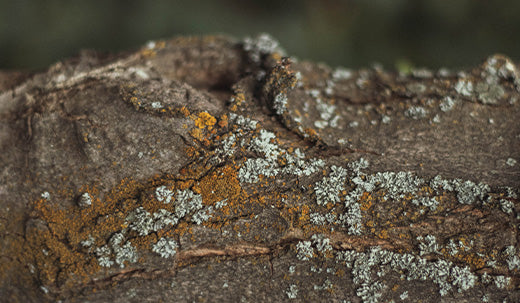
Mould/Mold/Mildew
Why there is mould growth in furniture
Mould growth occurs due to the combination of high humidity and moisture creating an environment conducive for it to thrive. Furniture can be prone to mould growth due to several factors, such as:
High humidity in certain regions creates a moisture-rich environment that promotes mould growth on furniture surfaces.
Insufficient ventilation and damp environments lead to inadequate airflow or areas exposed to excess moisture, creating ideal conditions for mould growth.
Water exposure occurs when furniture is affected by leaks, spills, or flooding, leading to moisture absorption that fosters mould growth if not dried thoroughly.

Prevention
Preventing mould on furniture is vital for its durability and indoor air quality. Taking steps early on ensures furniture protection and a healthier home.
- Control indoor humidity levels: Using dehumidifiers or air conditioners helps maintain optimal humidity levels, inhibiting mould proliferation on furniture surfaces. Ideal humidity range in Singapore is between 40% to 45%.
- Ensure adequate ventilation: Proper airflow helps reduce moisture buildup and prevents mould growth in enclosed spaces.
- Promptly address water exposure: Immediately dry and repair furniture exposed to water leaks, spills, or flooding to prevent moisture accumulation that fosters mould growth.
- Regular cleaning and maintenance: Regularly clean and inspect furniture, particularly in areas prone to dampness, to prevent mould by eliminating potential organic material as mould can be present in dust as well.
- Prevent the recurrence of mould: Avoid introducing moisture into the living area. For instance, it is important to dry the floor promptly after mopping.

If the mould on your upholstery or furniture persist despite cleaning and drying, we recommend getting in touch with a professional cleaning service for effective remediation.
Cleaning mould on Wood
Wooden furniture is especially prone to mould growth due to its organic nature. By adopting proper care and protective measures, you can effectively prevent mould formation. Here is how to eliminate mould from your wooden furniture:
- Create a solution with a 1:1 ratio of mild dishwashing with liquid and water or white vinegar and water
- Spot test in a small area to check for any unfavourable reactions
- Use a cloth with the solution to wipe gently on the mouldy areas if no reaction occurs
- Avoid using harsh chemicals or abrasive cleaners as this may damage your furniture
- Remove any residue of the solution with another clean cloth
- Use a separate dry cloth to remove any moisture

Cleaning mould on Fabric
Upholstered furniture like fabric sofas and armchairs are able to retain moisture, making them prone to the growth of mould.
Learn how to handle mould on your upholstered furniture for less severe infestations:
- Use a solution of 1 cup of white vinegar, 1 tablespoon of baking soda and 1 cup of water
- Wipe mould using a cloth to scrub down the surface
- Follow with a solution of distilled white vinegar
- Use a dry cloth to remove any moisture from the surface
- Leave your furniture to dry in a well-ventilated space

Cleaning mould on Leather
Our leather is made of aniline, thus we strongly recommend using Leather Master products. Leather Master is a reputable brand offering various leather care products, but it's important to choose those suitable for aniline leather. Here are the guidelines for removing mould on aniline leather:
Aniline Leather
For aniline leather, which is a type of leather with a natural look and minimal coating, you should use a mild leather cleaner that is designed for aniline or unprotected leather. Leather Master Soft Cleaner and Leather Master Mold Cleaner for Aniline are suitable products. It helps to remove mould and stains without damaging the leather.

Cleaning mould on Rattan / Synthetic Wicker
Furniture with rattan or synthetic wickers have the tendency to trap some moisture between their weaves. Here is how to handle mould growth on these furniture:
- Create a solution with a 1:1 ratio of white vinegar and warm water
- Use the solution with a soft brush to scrub the affected areas gently
- Use a separate dry cloth to remove any moisture
- Place your furniture in direct sunlight for a few hours to restrain mould growth

